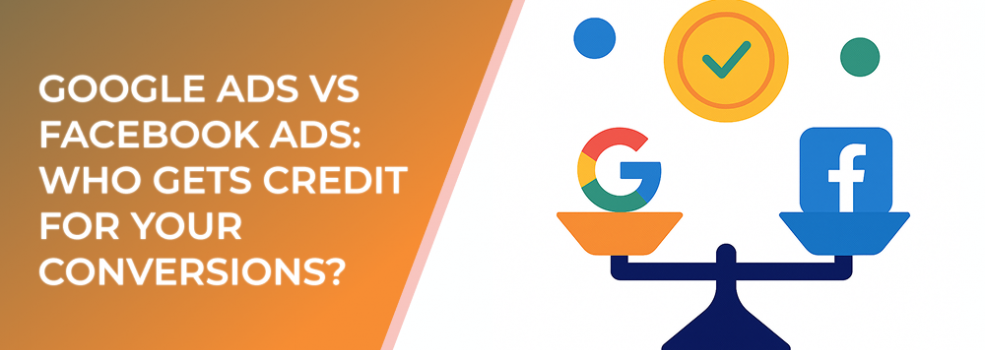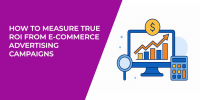When running both Google Ads and Facebook Ads simultaneously, advertisers often face a frustrating challenge: both platforms claim credit for the same conversion. This overlap creates confusion in reporting and makes it harder to understand which channel is driving results. Attribution, the process of assigning credit for conversions, lies at the heart of this issue.
Why Attribution Matters
Accurate attribution ensures advertisers can allocate budgets effectively. According to Nielsen research, 84% of marketers agree that cross-channel measurement is crucial for campaign success, yet many admit they struggle with it. Without clear attribution, businesses risk overinvesting in one channel while undervaluing another.
How Google Ads and Facebook Ads Track Conversions
-
Google Ads: Relies on last-click attribution by default, meaning it gives full credit to the last ad clicked before conversion.
-
Facebook Ads: Uses a different attribution window, typically 7-day click or 1-day view, which can assign credit even if the Facebook ad wasn’t the last click.
Because of these differences, both platforms can claim the same conversion—Google because it was the last click, Facebook because the user interacted with an ad within the attribution window.
Common Scenarios of Overlap
-
Google Search After Facebook Exposure
A user sees a Facebook ad, later searches the brand on Google, clicks an ad, and converts. Facebook credits the impression; Google credits the last click. -
Cross-Device Journeys
A user clicks a Facebook ad on mobile but completes the purchase later on desktop via Google. Both platforms track the action. -
View-Through vs. Click-Through
Facebook may claim conversions from ad views, while Google counts only clicks, leading to inflated totals when combined.
Strategies to Understand True Performance
-
Use a Unified Analytics Tool
Platforms like Google Analytics provide a consolidated view and allow comparison across channels. -
Adjust Attribution Models
Experiment with data-driven attribution, position-based models, or time decay instead of relying only on last-click. -
Compare Incremental Lift
Run campaigns in isolation to test how much incremental value each platform drives. -
Monitor Assisted Conversions
Reports that show touchpoints across the customer journey help identify which ads played a supporting role.
Key Statistics on Attribution
-
41% of marketers say cross-platform attribution is their top challenge in measuring performance.
-
Brands using data-driven attribution models report up to 30% more accurate insights compared to those using last-click only.
Final Thoughts
Neither Google Ads nor Facebook Ads is inherently wrong when claiming conversions—they just measure differently. Advertisers who rely solely on platform-reported results risk double-counting or misjudging performance. By adopting more holistic attribution models and monitoring assisted conversions, businesses can better understand where credit truly belongs.

